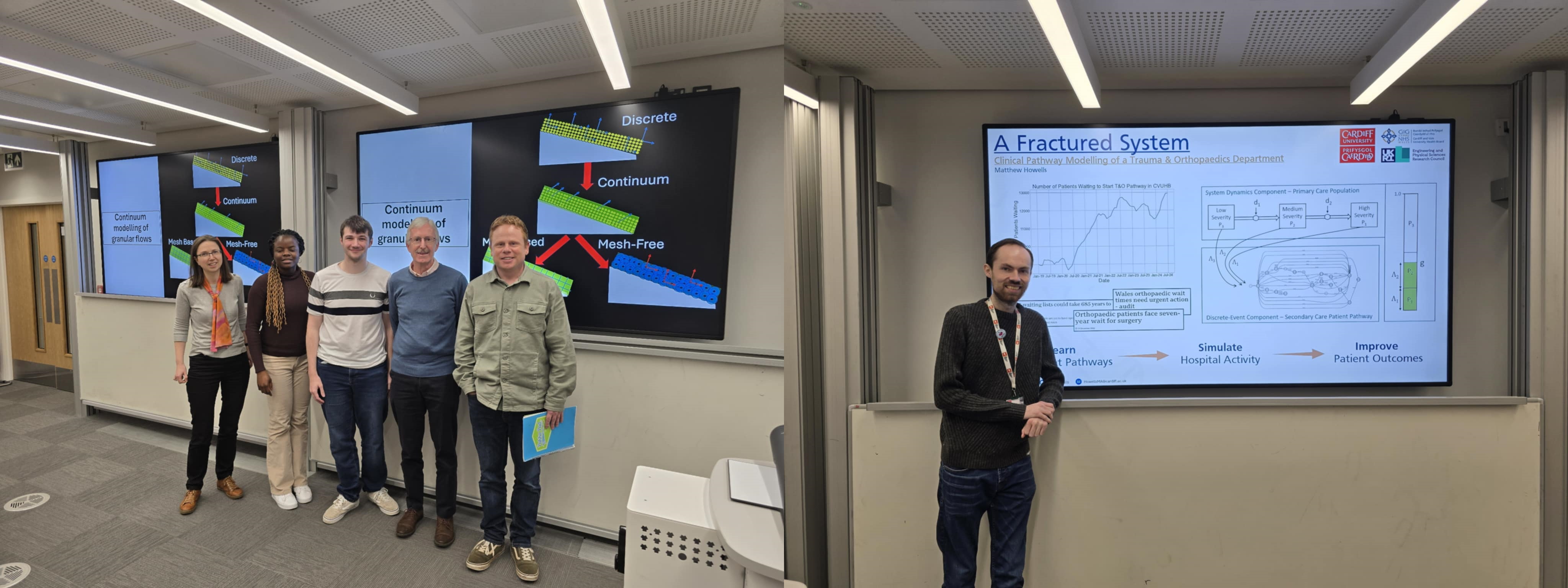Date: 30 March 2021 | Speaker: Clement Twumasi
General motivation: This study investigates a continuous-time Markov process dubbed as the linear birth-death process with catastrophic extinction (B-D-C process). The primary motivation is to consider the B-D-C process as an auxiliary model for a more complex stochastic model that simulates the spread of different strains of Gyrodactylus parasites over the external surfaces of the host. Here, the B-D-C process is used to refine the summary statistics of a novel Approximate Bayesian Computation (ABC) in calibrating the multi-dimensional stochastic model based on estimates of the B-D-C model. The simulation of the B-D-C process using a τ-leaping algorithm also provides additional insights on how to accelerate the simulation of the sophisticated stochastic model by proposing a good error threshold based on the trade-off between simulation accuracy and computational speed.
Specific aims: In this current study, we derive the analytical transition function of the B-D-C process. The derived transition function is further validated analytically using mathematical induction and is numerically validated based on Monte Carlo estimation. Additionally, we estimate the B-D-C model parameters by comparing different estimation methods (Maximum likelihood estimation, generalized method of moments and embedded Galton-Watson approach) based on three different in silico simulation experiments where parasite population size is large, moderate or low. The bias, variance, and mean square error of the parameter estimates and the estimation methods’ computational times are compared. Finally, we develop and compare two different hybrid τ-leaping algorithm based on leap-size selection methods proposed by Gillespie (2001) and Gillespie and Petzold (2003), respectively, to accelerate the simulation of the B-D-C process. We propose a good error threshold by exploring the trade-off between simulation accuracy and computational speed of the three different in silico simulation experiments where parasite numbers are high (Case 1), moderate (Case 2) or low (Case 3). The differences between the two τ-leaping methods are the leap-size selection procedure (which is proportional to the simulation error bound) and their respective leap conditions.


